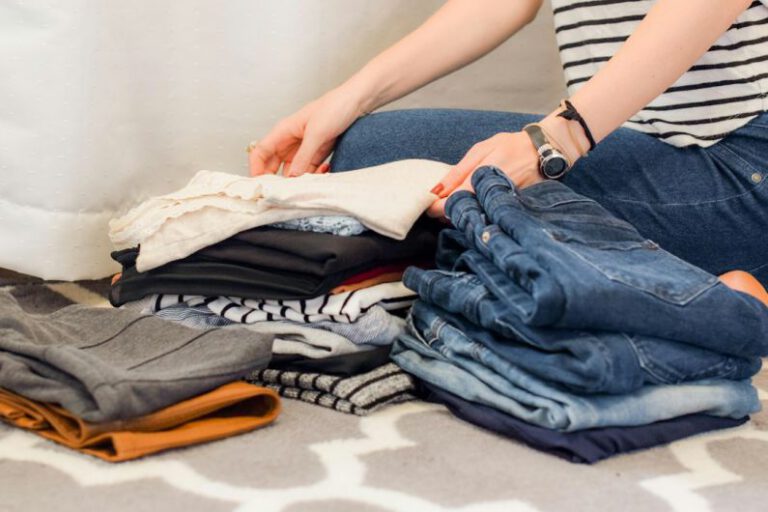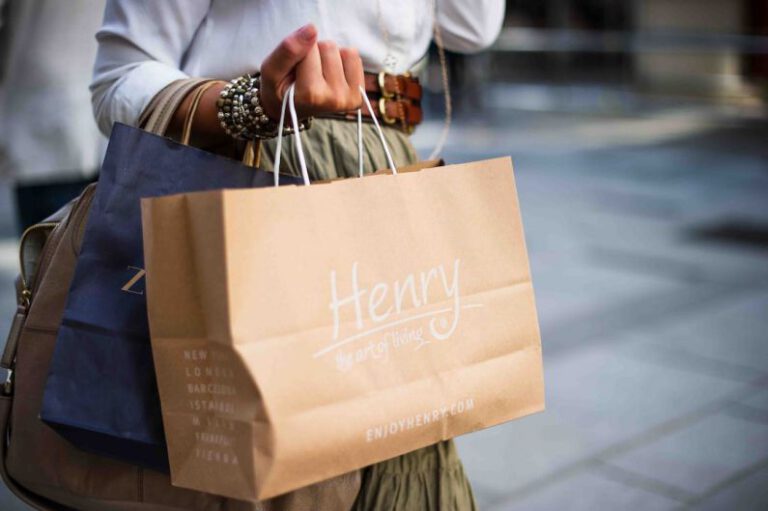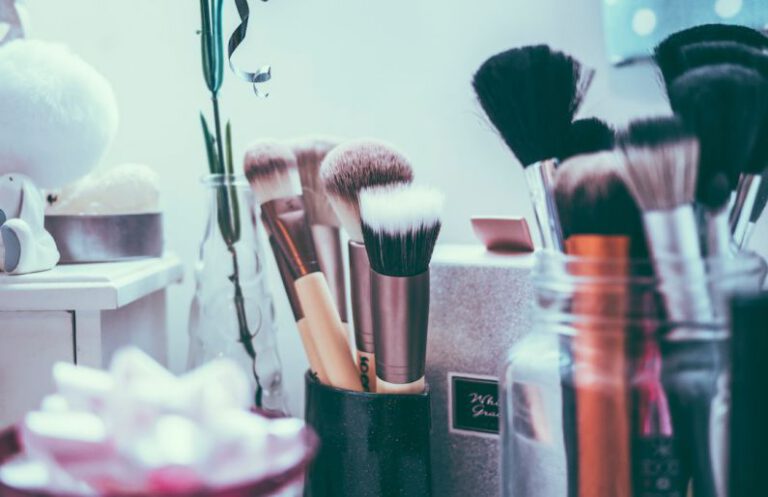What Is the Impact of Fast Fashion on the Environment?
Fast fashion has become increasingly popular in recent years, with retailers offering affordable and trendy clothing at a rapid pace. This quick turnover of styles may be great for our wardrobes, but what is the impact of fast fashion on the environment? Let’s delve into this pressing issue.
Waste and Landfill Overflow
One of the most significant impacts of fast fashion is the amount of waste it generates. With the demand for new clothing constantly increasing, more garments are being produced, worn briefly, and then discarded. The result is an overflow of clothes in our landfills, contributing to the already mounting global waste problem.
The use of synthetic materials in fast fashion exacerbates this issue. Synthetic fibers, such as polyester and nylon, do not biodegrade easily and can take hundreds of years to break down. These materials often end up in landfills, where they release harmful greenhouse gases as they decompose, further contributing to climate change.
Water Pollution and Resource Depletion
The production of fast fashion garments requires an enormous amount of water. From growing cotton to dyeing fabrics, water is an essential resource in the manufacturing process. Unfortunately, this process is not always carried out sustainably.
Chemical-intensive dyeing and finishing processes release toxic substances into water bodies, polluting rivers, lakes, and oceans. These pollutants harm aquatic life, disrupt ecosystems, and can even find their way into our drinking water sources. Additionally, the excessive use of water in the fashion industry depletes water supplies in regions already facing water scarcity.
Carbon Emissions and Climate Change
The fast fashion industry is a significant contributor to greenhouse gas emissions, primarily through its reliance on fossil fuels. From the production of synthetic fibers to transportation and distribution, every stage of the fast fashion supply chain emits carbon dioxide into the atmosphere.
Furthermore, the energy-intensive nature of textile manufacturing, combined with the use of non-renewable energy sources, further exacerbates the industry’s carbon footprint. As a result, the fast fashion industry significantly contributes to climate change, leading to adverse effects such as rising temperatures, extreme weather events, and the loss of biodiversity.
Exploitation of Workers and Unethical Labor Practices
The environmental impact of fast fashion is closely intertwined with its exploitative labor practices. To keep up with the demand for cheap clothing, many fast fashion brands outsource their manufacturing to low-wage countries with lax labor regulations. This often leads to poor working conditions, long hours, and inadequate wages for garment workers.
Additionally, fast fashion’s reliance on a constant stream of new collections means that production must occur at a rapid pace. This puts pressure on workers to meet unrealistic deadlines, leading to increased stress and the potential for human rights abuses.
What Can Be Done?
Addressing the environmental impact of fast fashion requires collective action from consumers, brands, and policymakers. Here are a few steps that can be taken to mitigate its effects:
1. Choose sustainable and ethical fashion brands that prioritize environmentally friendly materials and fair labor practices.
2. Reduce clothing consumption by embracing minimalism, buying secondhand, or participating in clothing swaps.
3. Extend the lifespan of your clothes by taking care of them, repairing them when needed, and donating or selling them when no longer wanted.
4. Support legislation that promotes sustainable fashion practices, such as regulations on chemical usage and waste management.
In conclusion, the fast fashion industry has a detrimental impact on the environment, from waste generation and water pollution to carbon emissions and worker exploitation. However, by making conscious choices as consumers and demanding change from brands and policymakers, we can work towards a more sustainable and ethical fashion industry. Let’s strive for a future where fashion and the environment can coexist harmoniously.






